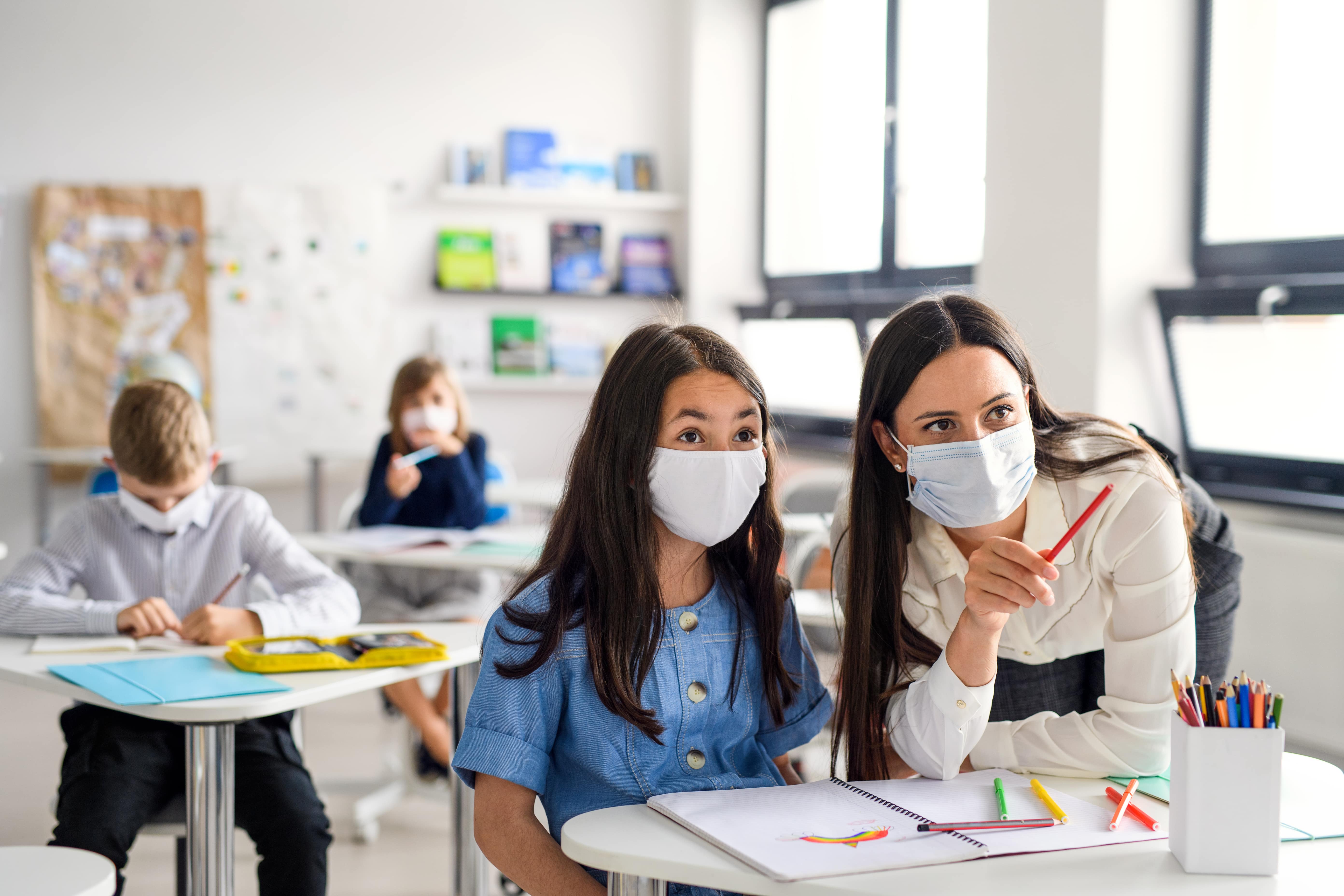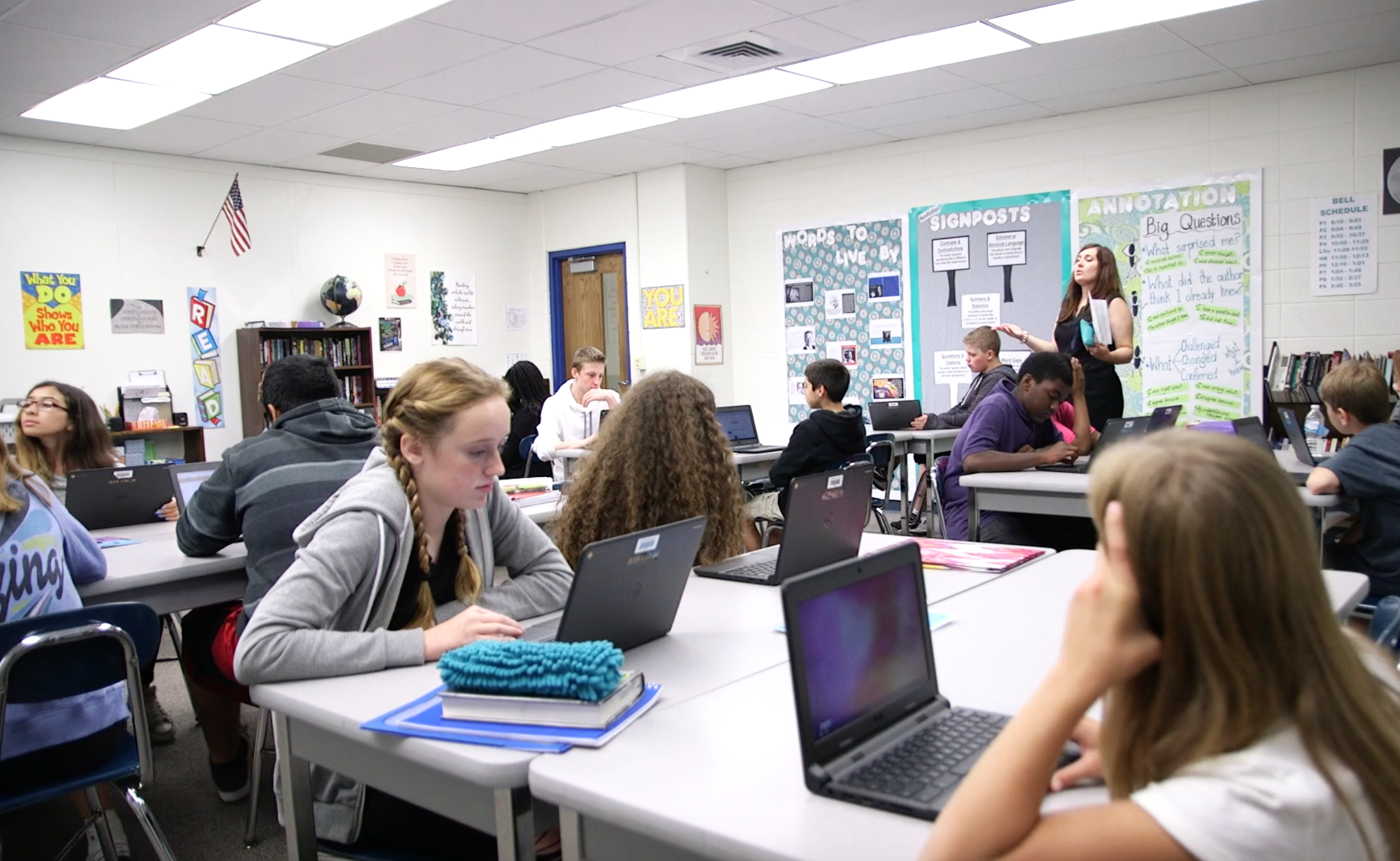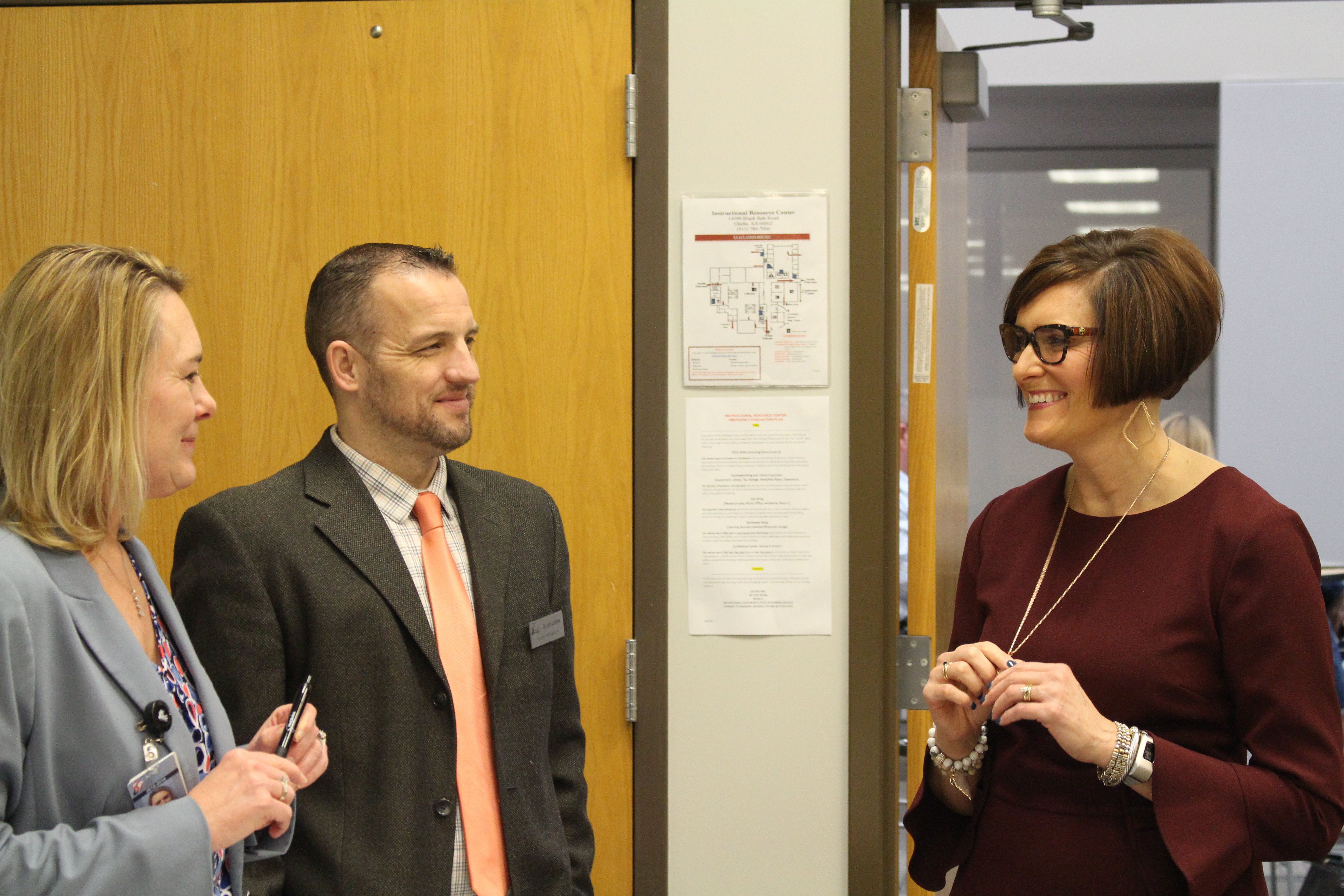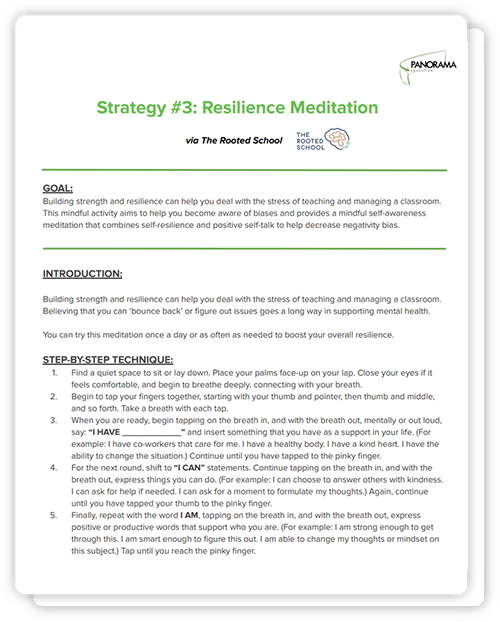Every day, thousands of students bring their traumatic experiences with them to school.
The past year, especially, has been traumatic for students and adults. The shift to distance learning in 2020 disrupted typical home, school, and work routines. Existing equity gaps widened, and students have reported increased feelings of depression and anxiety.
As districts prepare to return to in-person learning, social-emotional learning (SEL) has rightfully taken a front seat in reopening plans. SEL can create a positive environment for students to learn. It can also help students develop skills for handling big transitions, like returning to the classroom.
But your typical approach to SEL might not be enough heading into 2021-22. The intensive needs of students suggest that all of our social-emotional learning efforts must be trauma-informed this year. SEL with a trauma-informed lens will help students heal, cope, and build resilience in the face of challenging circumstances.
In this article, we'll unpack the definition of trauma-informed SEL and dive into the following three recommendations for prioritizing a trauma-sensitive approach to reopening schools:
- Build capacity among trauma-informed educators.
- Create predictable routines to help students feel safe at school.
- Ensure every student feels seen, heard, and recognized for their strengths.
|
Key Terms Trauma – an experience of one or more overwhelmingly stressful adverse events where an individual’s ability to cope is dramatically undermined |
What Is Trauma-Informed SEL?
Trauma-informed SEL is an approach to social-emotional learning in schools that is particularly inclusive to children who have experienced trauma. Trauma-informed SEL practices—such as creating predictable routines and building supportive relationships—can help students build the skills they need to deal with toxic stress and overcome difficult life circumstances.
How does trauma-informed SEL differ from social-emotional learning in general? Many of the basic principles overlap, such as the importance of developing healthy relationships and learning how to manage emotions. However, trauma-informed SEL differs in the intensity of the support required.
For example, students with trauma may display behaviors such as shutting down or struggling with relational boundaries. These behaviors may replace ordinary SEL skills; if a student is operating in a state of fear because of a traumatic experience, they may be unable to learn or to function socially and emotionally.
What this means for you: Consider that all social-emotional learning could be taking place in an overwhelming emotional context.
Trauma-informed SEL practices anticipate that students will need intensive support. For example, deficit-based language can trigger strong emotional reactions, such as defiance, for students experiencing trauma. A trauma-informed approach to SEL focuses on students’ strengths and intentionally uses asset-based language to build students’ confidence.
The goal is for students to feel supported and cared for, empowered to exercise their agency, and emboldened to explore their strengths and identities.
"A trauma-informed, SEL, cultural awareness model of supports allows educators to create a safe environment to address trauma and SEL skill building, while also tapping into the strengths and opportunities of students’ cultures."
–Dr. Gregory Leskin, National Child Traumatic Stress Center
3 Recommendations for Prioritizing Trauma-Informed SEL During Reopening
A trauma-informed approach to SEL is going to be critical for building resilience this year. Here are three ways to make sure that all SEL is trauma-informed in the return to school.1. Build capacity among trauma-informed educators. [Tweet This]
Children can and do recover from traumatic events. Adults can play an instrumental role in this process.
Trauma-informed SEL efforts must focus on the adults in the building, not just the students. A caring adult’s ability to model SEL skills (emotion regulation, perspective-taking, active listening) is especially important when supporting students who have experienced trauma. Similarly, approaching students with empathy and patience can help build stronger teacher-student relationships.
Are educators aware of common signs of trauma? Can they recognize when a student isn’t feeling safe in the classroom? Do they have the listening and perspective-taking skills to validate feelings?
Professional development on trauma-informed practices can help teachers and support staff build meaningful relationships with students and model healthy coping strategies that are especially helpful for learners with ACEs.
By building educator capacity for social-emotional learning, we can help to foster safe, supportive, and equitable environments that allow children to feel supported, cope, and thrive.
2. Create predictable routines to help students feel safe at school. [Tweet This]
Children who have suffered traumatic experiences can benefit from predictable routines that offset fear and create a sense of safety.
Trauma-responsive routines don’t have to be complicated to be effective. Can administrators and teachers greet students with positive and affirming language every day? Are you carving out a few minutes for relationship building using strategies such as 2x10 relationship building? Do students have opportunities to reflect on their reactions to current events?
Well-being check-ins with students are another simple way to create reliable routines. Daily or weekly temperature checks (“How are you feeling today?”) can help students feel heard, build teacher-student relationships, and increase belonging.
Keep in mind that routines may be thrown off by schedule changes and unknowns at the beginning of the school year. When this happens, be transparent with students (and caregivers) about the new plan. Use the change as an opportunity to model self-regulation skills.
3. Ensure every student feels seen, heard, and recognized for their strengths. [Tweet This]
Traumatic events can leave a child feeling powerless. Acknowledging students’ resilience and strengths can improve their self-efficacy and help them develop a positive purpose.
Building on students’ strengths is so important because traumatized youth often experience low levels of confidence and a negative self-concept. To help offset this, consider ways to intentionally celebrate and appreciate students for what they bring to the school community—from displaying student work in classrooms to recognizing students with awards.
Another great way to improve students’ self-efficacy is to help them set goals and collaborate with peers to achieve those goals. Consider implementing Rose, Bud, Thorn Journaling, a reflective exercise that prompts students to identify positive moments and reflect on areas where they need support. Or, give students opportunities to show their strengths while contributing to the community—such as participating in a community garden or a service learning project.
---
As we prepare for what a supportive return to school will look like in 2021 and beyond, this is the moment to reimagine how we support our students; a chance to ensure that we do not ignore the trauma of the pandemic; an opportunity for all SEL to be trauma-informed.
|
Further your learning with these resources: |






